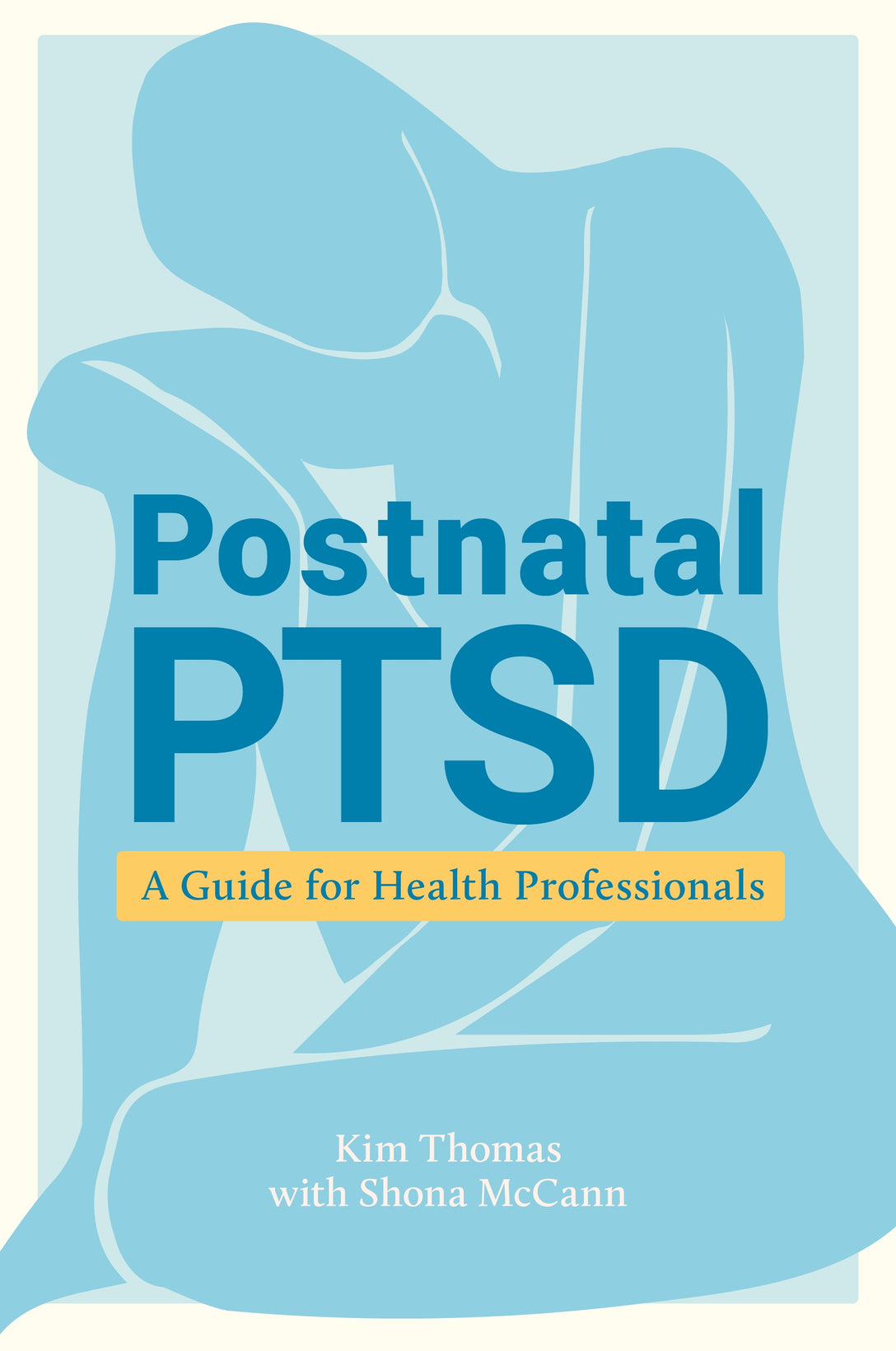
Press Reviews
Dr Jane Morris, Consultant Perinatal Psychiatrist and Medical Psychotherapist
I was moved to tears by these powerful stories of birth trauma, linked by a digest of historical context and research evidence. Expert compassionate care can prevent damaging psychosocial consequences for women and families, whilst professionals themselves need to be shown the same kindness. This book is often heart-breaking but ultimately hopeful.
Professor Susan Ayers, City, University of London
A well-informed, comprehensive book based on research evidence and people's experiences of postnatal PTSD. Essential reading for maternity care professionals.
Laura Seebohm, Maternal Mental Health Alliance
The importance of this book cannot be overestimated. Not only do the authors provide a comprehensive theoretical understanding and practical tool for practitioners, each chapter is steeped in compassion and understanding. This book provides all of us working in the perinatal landscape a brilliantly evidenced and researched tool to better understand perinatal PTSD with compassion and understanding. We are the first generation to understand trauma in such depth and this book provides a clear, well researched analysis brought to life with women's stories. This is a great tool for professionals which I hope leads to high quality and compassionate care for all women during the perinatal period.
- The Nursing and Midwifery Council
We don't usually do book reviews, but this is informative and timely work. As it says at the end; a maternity care system that recognises that birth can be traumatic, and that emphasises kindness, dignity, and respect, works better for everyone - midwives, obstetricians, mothers, and babies. Kim and Shona's expertise and experience, plus the stories from women, their partners and professionals involved in care, illuminates the book. Running though it all, from the history and recognition of PTSD to how it manifests as postnatal PTSD linked to traumatic birth, is the importance of good communication and listening to women and their partners. It also has a chapter on recognising and suggesting help for the often forgotten or ignored secondary traumatic stress and moral injury that can be experienced by midwives, obstetricians and other professionals who've been present at a traumatic birth
